✓ Joining us on our Whatsapp Channel: 💬 Explore and Escape!.
Booking through us:
✓ 🏩 🛌 Handpicked Luxury Stays in Budget: Booking.com | Agoda.com
✓ 🍹⛱️ Deals on Private xfers, SIM Cards, City tours, Day trips : 📍🗺️ GetYourGuide | 🛵🧳 Klook
There are great many things to do in South Korea, and so are in Gyeongju.
Gyeongju, a city steeped in history and culture, is a treasure trove of ancient relics and modern attractions that will leave you in awe.
From wandering through ancient temples to exploring the vibrant streets, there is never a dull moment in this charming city.
Without further ado listed below are some of the most fun things to do in Gyeongju:
1. Bulguksa Temple
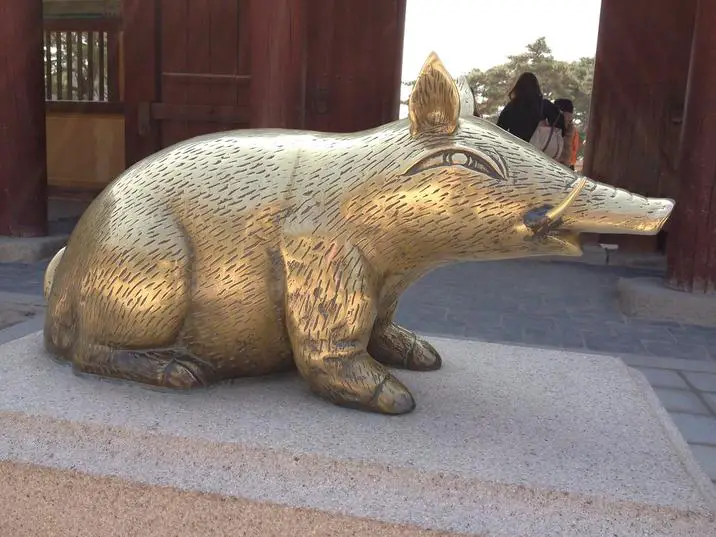
Bulguksa Temple is a UNESCO World Heritage Site located in Gyeongju, South Korea. It is one of the most important and well-preserved Buddhist temples in the country.
What to see or do: Marvel at the intricate designs and statues that adorn the various buildings within the temple complex. Take a stroll through the beautiful gardens and enjoy the peaceful atmosphere.
Don’t miss: The Seokgatap and Dabotap pagodas, which are two of the most iconic structures within the temple grounds. Be sure to also check out the stunning panoramic views from the temple’s terrace.
Insider travel tips: Plan your visit in the early morning or late afternoon to avoid crowds and to experience the temple in a more peaceful setting.
Wear comfortable shoes as there is a fair amount of walking involved.
Make sure to also check out the nearby Seokguram Grotto, another UNESCO World Heritage Site and a must-see when in Gyeongju.
2. Seokguram Grotto
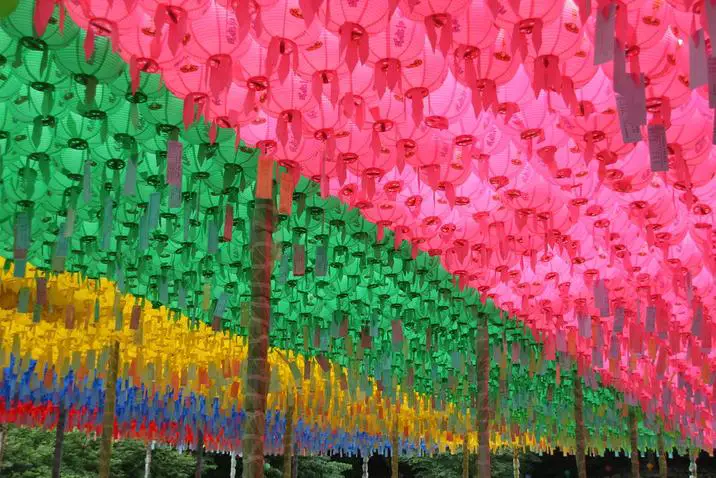
Seokguram Grotto is a UNESCO World Heritage site located on the slopes of Mount Toham in Gyeongju, South Korea.
It is a remarkable example of Buddhist architecture and contains one of the finest collections of Buddhist art in East Asia.
What to see or do: Visitors can see the towering Buddha statue, which is the centerpiece of the grotto. The statue is surrounded by other intricate stone carvings and sculptures.
Visitors can also explore the surrounding park which boasts beautiful views of the Gyeongju countryside.
Don’t miss: Don’t miss the chance to see the stunning sunrise over the East Sea, viewed from the top of Mount Toham. The view is absolutely breathtaking and worth the early morning hike.
Insider travel tips: Be sure to arrive early to avoid the crowds.
The grotto is a popular attraction, especially during peak season, so arriving early will give you a chance to take in the beauty of the site without crowds of people.
Additionally, visitors should bring comfortable shoes, as the walk up to the grotto can be steep in some areas.
3. Anapji Pond
Anapji Pond is an artificial pond located in Gyeongju, South Korea, dating back to the 7th century.
What to see or do: Visitors can enjoy a relaxing walk around the lovely pond and get a glimpse of the royal palace located nearby. The scenery changes at night when the pond is illuminated beautifully, creating a serene and romantic ambiance.
Don’t miss: Don’t miss the beautiful reflection of the palace and trees on the pond’s clear water surface, creating a breathtaking view.
Insider travel tips: Visit during the week to avoid crowds or come during spring when cherry blossoms bloom around the palace. Wear comfortable shoes as the paths can be slippery at times, especially during the fall season.
4. Cheomseongdae Observatory
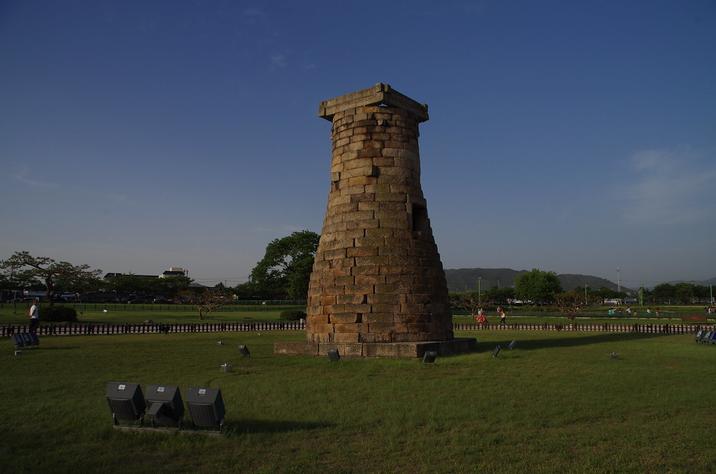
Cheomseongdae Observatory is an ancient astronomical observatory located in Gyeongju, South Korea.
What to see or do: Visitors can admire the unique and sophisticated architecture of the observatory, which was built in the 7th century during the Silla Dynasty and stands as one of the oldest observatories in the world.
Don’t miss: Don’t miss the chance to view the stars through Cheomseongdae’s small, circular opening, which was aligned with the celestial pole and used to observe the movements of the stars.
Insider travel tips: – The best time to visit Cheomseongdae Observatory is during the night when the stars are visible.
5. Daereungwon Tomb Complex
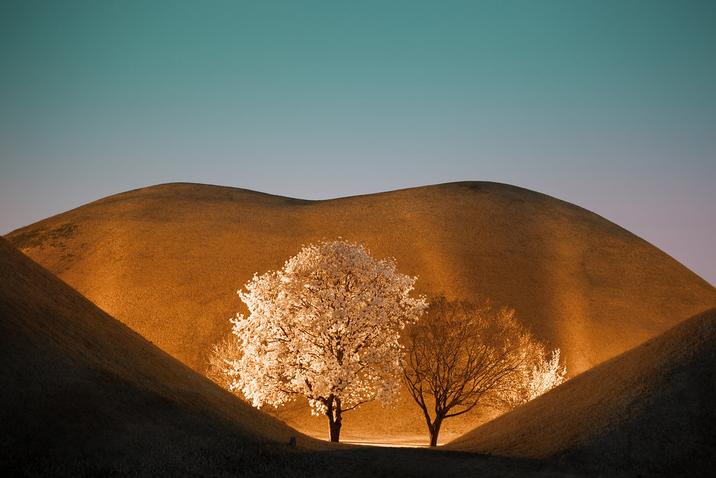
Daereungwon Tomb Complex is a UNESCO World Heritage site located in Gyeongju, South Korea. It features a collection of ancient tombs and burial mounds dating back to the Silla Dynasty.
What to see or do: Visitors can explore the large burial mounds and tombs scattered throughout the complex, including the massive Cheonmachong mound. The tomb of the Silla King, Michu, is also located here.
Various artifacts and relics from the Silla Dynasty are on display in the on-site museum.
Don’t miss: Don’t miss the chance to climb to the top of the Cheonmachong mound. The view from the top is breathtaking and provides an excellent photo opportunity.
Insider travel tips: The best time to visit is during the spring, when the cherry blossom trees are in full bloom. Visitors should wear comfortable walking shoes, as the complex covers a large area.
It’s also a good idea to bring sunscreen and a hat during the summer months, as it can get quite hot.
Finally, consider hiring a local guide to get the most out of your visit.
6. Gyeongju National Museum
Gyeongju National Museum is a museum located in the city of Gyeongju, South Korea.
What to see or do: The museum exhibits a wide range of artifacts from the Silla Kingdom period, including jewelry, pottery, and Buddhist relics.
Visitors can explore the various exhibits and learn about the history and culture of the Silla Kingdom, which ruled from 57 BC to 935 AD.
Don’t miss: One of the most popular exhibits is the Emille Bell, a bronze bell that is over 1,000 years old and is considered a national treasure of Korea.
The Five-story Pagoda exhibit is also a must-see, as it is one of the few surviving pagodas from the Silla period.
Insider travel tips: The museum offers free admission, but be sure to arrive early to avoid crowds, especially on weekends and holidays.
Guided tours are also available for visitors who want to learn more about the exhibits and the history of the Silla Kingdom.
The museum is closed on Mondays and some national holidays.
7. Hwangnyongsa Temple Site
What to see or do:
Don’t miss:
Insider travel tips: Wear comfortable shoes as there is a lot of walking involved, visit early in the morning to avoid crowds, hire a local guide to learn more about the history and significance of the site.
8. Poseokjeong Pavilion
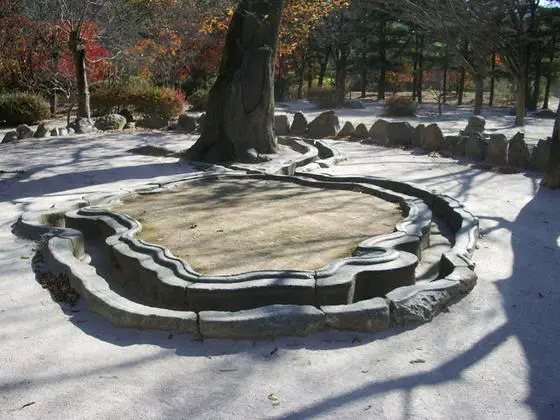
Poseokjeong Pavilion is a historic pavilion located in the Gyeongju National Park, South Korea.
What to see or do: Visitors can admire the charming traditional architecture of the pavilion with its elegant curves and delicate design. It is situated near a small pond overlooking a scenic valley.
Don’t miss: Don’t miss the chance to witness the panoramic view of the surrounding mountains and take a leisurely stroll around the nearby cultural sites.
Insider travel tips: Visitors can reach the pavilion by hiking from Bomun Lake or by taking a taxi from Gyeongju city center.
It’s also recommended to visit the site during fall as the foliage turns into bright shades of yellow and orange making the view very scenic.
9. Bunhwangsa Temple
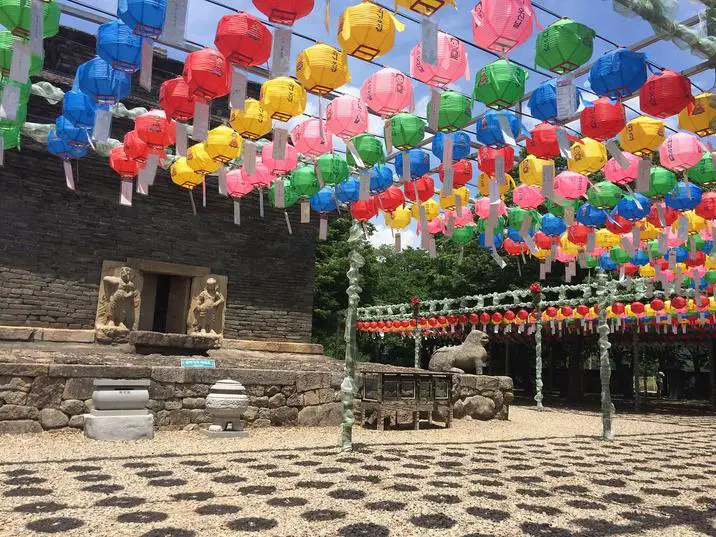
Bunhwangsa Temple is a historic Buddhist temple located in Gyeongju, the ancient capital of the Silla Kingdom in South Korea.
What to see or do: This temple is known for its beautiful architecture and cultural significance. Visitors can see the main hall, five-story stone pagoda, and the stone lantern.
The temple grounds are also home to many cherry blossom trees, making it a popular spot for springtime visits.
Don’t miss: Make sure to visit the Seokguram Grotto, located about 4 km from Bunhwangsa. This UNESCO World Heritage Site is known for its stunning Buddha statue carved into the granite of a mountain.
Insider travel tips: Take a guided tour to learn more about the history and significance of the temple and surrounding area. Also, be sure to wear comfortable shoes as there is quite a bit of walking involved.
10. Royal Tumuli Park
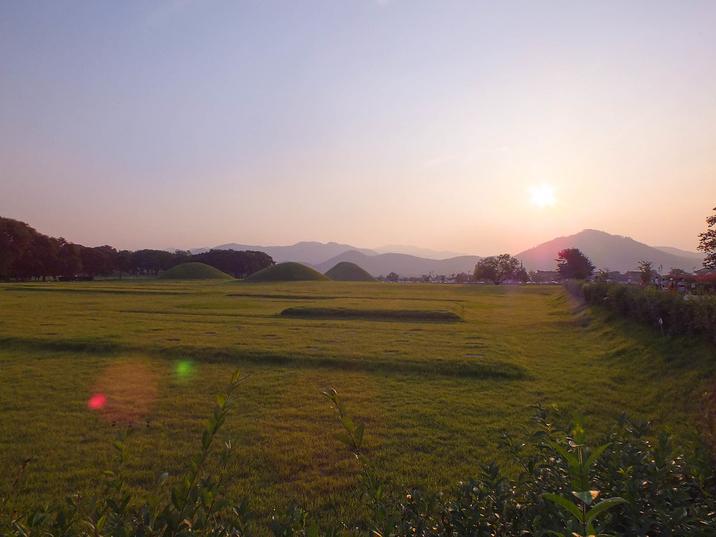
Royal Tumuli Park is a vast ancient burial site that features dozens of tombs from the Silla Dynasty in Gyeongju, South Korea.
What to see or do: Explore the lush green park that houses tombs of Silla Dynasty rulers, including the Cheonmachong tomb where you can observe the remains of a nobleman and his prized horses.
Visit the display cases with the treasures they were buried with, including horse saddles, jewelry, and pottery.
Don’t miss: The Daereungwon Tomb Complex, where you can see better-preserved tombs of aristocrats and the on-site museum where artifacts from the tombs are on display.
Also, the Hwangnam-ru Pavilion, a beautiful structure at the foot of the park, with impressive views of the tomb-lined hills.
Insider travel tips: To make the most of your visit, rent a bicycle from one of the local rental shops and explore the acres of parkland at your leisure.
Get to the park early in the morning to avoid the crowds and the heat, and wear comfortable shoes as the park is hilly and requires a lot of walking.
Lastly, be respectful while exploring the tombs as they hold significant historical meaning for Koreans.
11. Woljeong Bridge
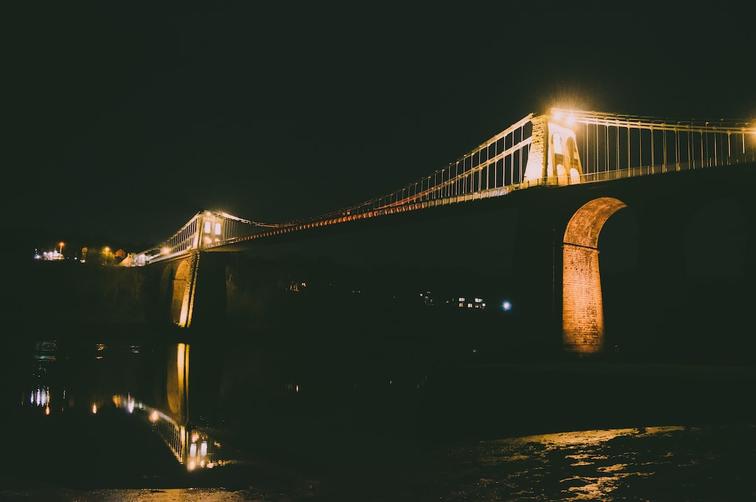
Woljeong Bridge is a historic stone bridge located in Gyeongju, South Korea.
What to see or do: Take a leisurely stroll across the bridge and soak in the stunning views of the surrounding landscape. The bridge is particularly picturesque during the cherry blossom season in the spring and the autumn foliage season.
Don’t miss: Be sure to stop by the nearby Woljeongsa Temple, one of the oldest temples in Korea, which is also home to a beautiful nine-story pagoda.
Insider travel tips: Visit Woljeong Bridge early in the morning to avoid crowds and enjoy the peaceful surroundings.
Also, consider combining your visit with nearby historic sites such as Bulguksa Temple or Seokguram Grotto for a full day of sightseeing.
12. Gyeongju World Culture Expo Park
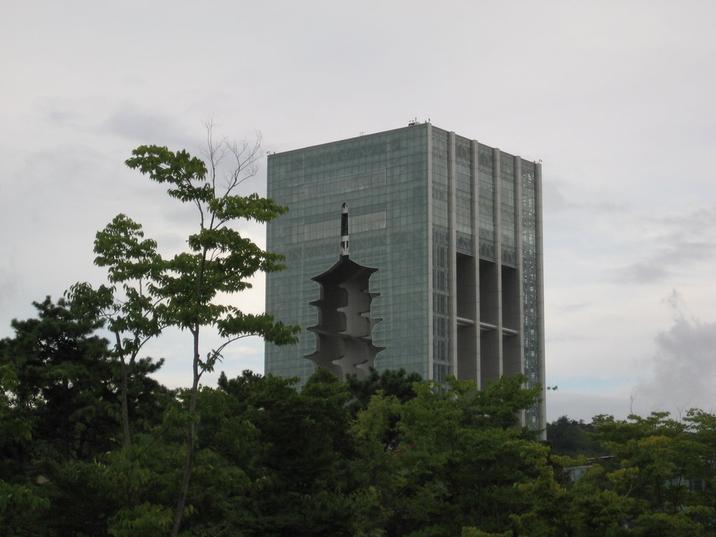
A cultural theme park located in Gyeongju, South Korea, showcasing the heritage and history of the Silla dynasty.
What to see or do: – Explore the Silla History Zone, featuring life-sized replicas of ancient buildings and artifacts.
Don’t miss: – The Gyeongju Tower, offering a panoramic view of the park and surrounding area.
Insider travel tips: – Visit on a weekday to avoid crowds and long wait times for attractions.
13. Bomun Lake
An artificial lake in Gyeongju, South Korea, surrounded by scenic mountain ranges and historic sites.
What to see or do: Take a scenic walk or bike ride around the lake, rent a paddleboat or kayak, visit one of the many museums or cultural sites nearby, or attend one of the seasonal festivals.
Don’t miss: The Gyeongju World Culture Expo Park, featuring traditional Korean architecture and various exhibitions, as well as the nearby Bulguksa Temple and Seokguram Grotto.
Insider travel tips: Visit during the fall or spring for the best weather and stunning views of the changing foliage or colorful flowers. Try the local specialty, hwangnam bread, a sweet pastry filled with red bean paste.
Consider staying overnight in one of the nearby hotels for a relaxing lakeside getaway.
14. Gyeongju Historic Area
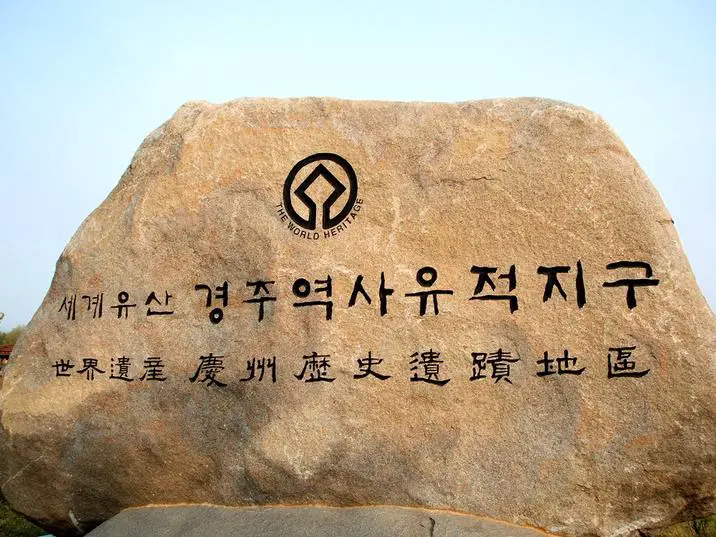
A UNESCO World Heritage Site in South Korea that was once the capital of the ancient Silla Dynasty.
What to see or do: Explore various historic sites such as ancient tombs, temples, palaces, and museums. Visit the Seokguram Grotto, an 8th-century Buddhist shrine with an impressive stone Buddha statue.
Stroll through the Tumuli Park, a burial ground containing over 20 royal tombs.
Don’t miss: The Cheomseongdae Observatory, one of the oldest astronomical observatories in East Asia, and Anapji Pond, a scenic garden pond surrounded by palace ruins.
Insider travel tips: Visit during the spring or autumn for mild weather and the beautiful sight of cherry blossoms or autumn foliage. Rent a bike to explore the area more efficiently and capture amazing views along the way.
Take a night tour to see some of the monuments beautifully lit up.
15. Silla Arts And Science Museum
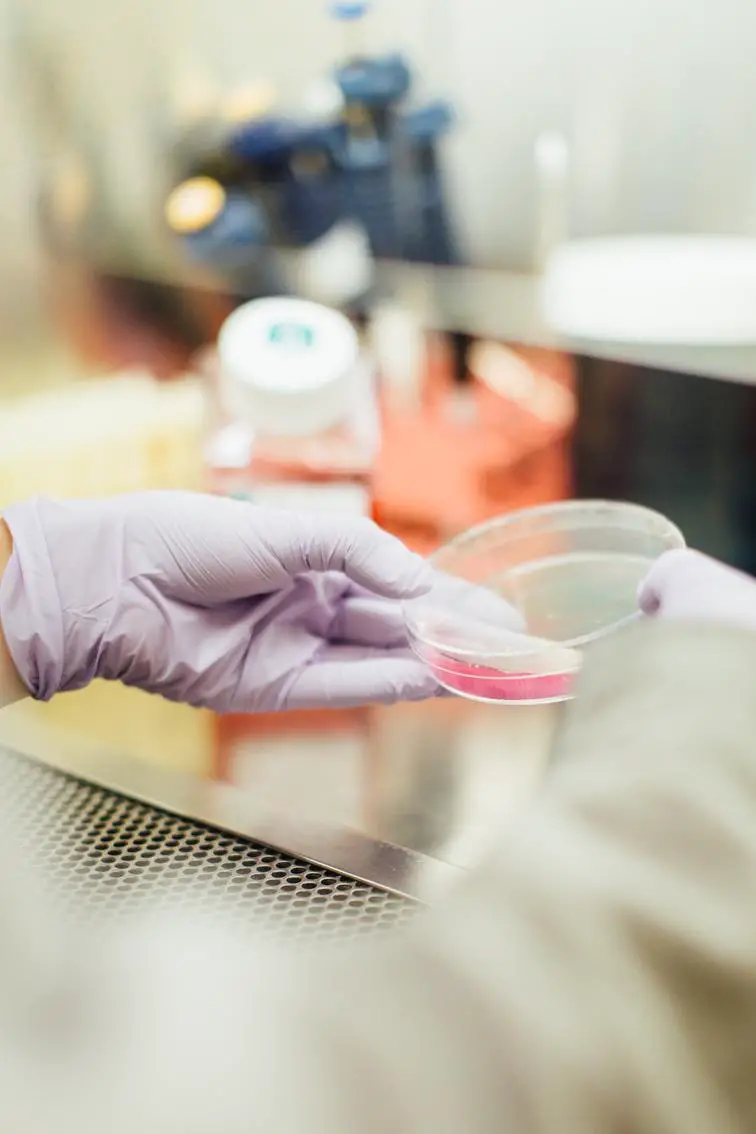
Silla Arts and Science Museum is an impressive museum in Gyeongju, South Korea that features exhibits on the arts, science, and technology of the Silla Dynasty, one of the Three Kingdoms of Korea.
What to see or do: Explore the museum’s various galleries and exhibits, including displays on the Silla Dynasty’s culture, history, art, and science. Don’t miss the exhibit on the Cheomseongdae Observatory, one of the oldest surviving astronomical observatories in East Asia.
Don’t miss: The highlight of the museum is the chance to see the famous Silla gold crown, a National Treasure of South Korea and one of the most iconic pieces in Korean history.
The museum also has a range of interactive exhibits and activities, making it fun for visitors of all ages.
Insider travel tips: -Plan to spend at least a few hours at the museum to fully experience all it has to offer.